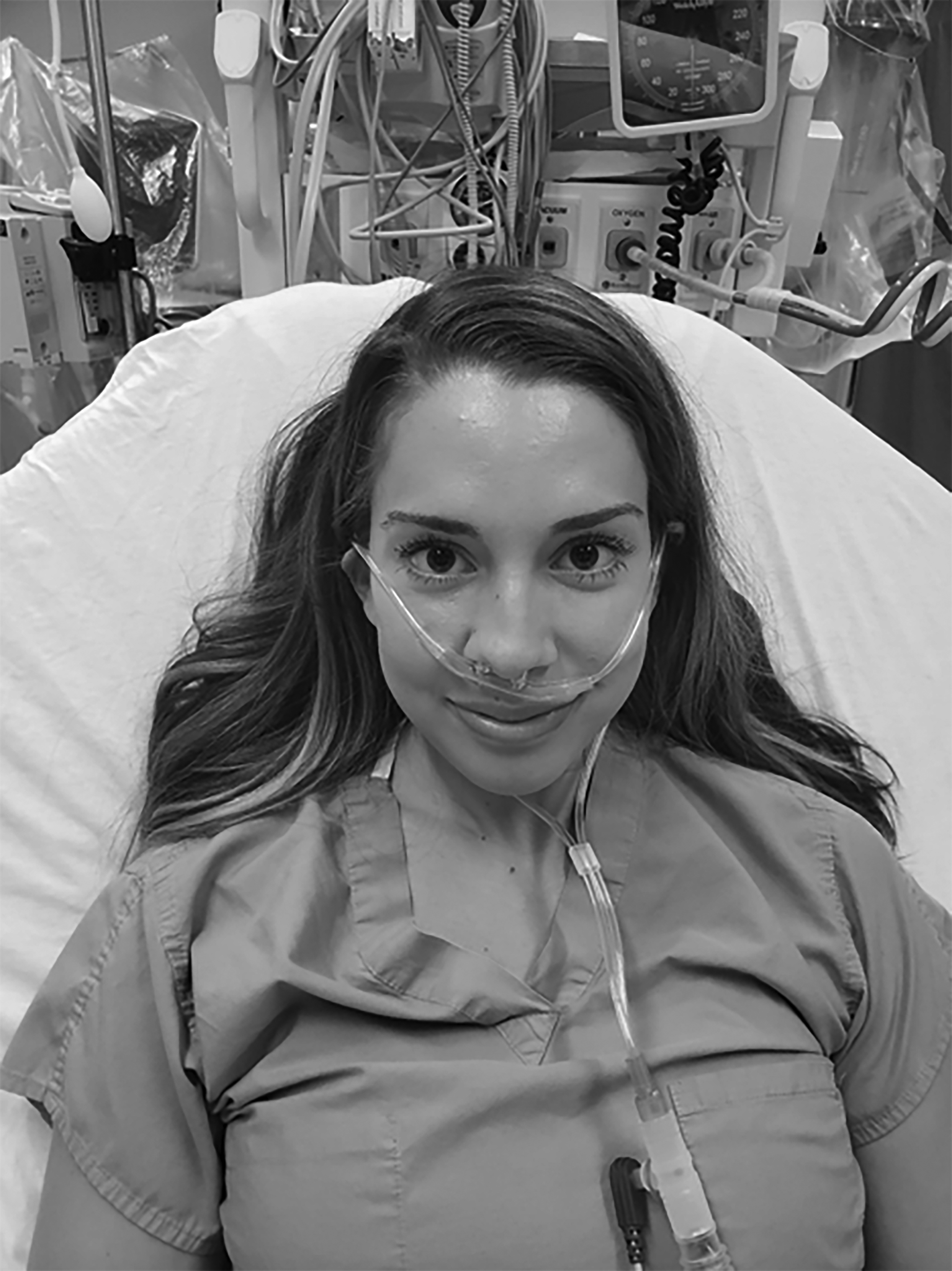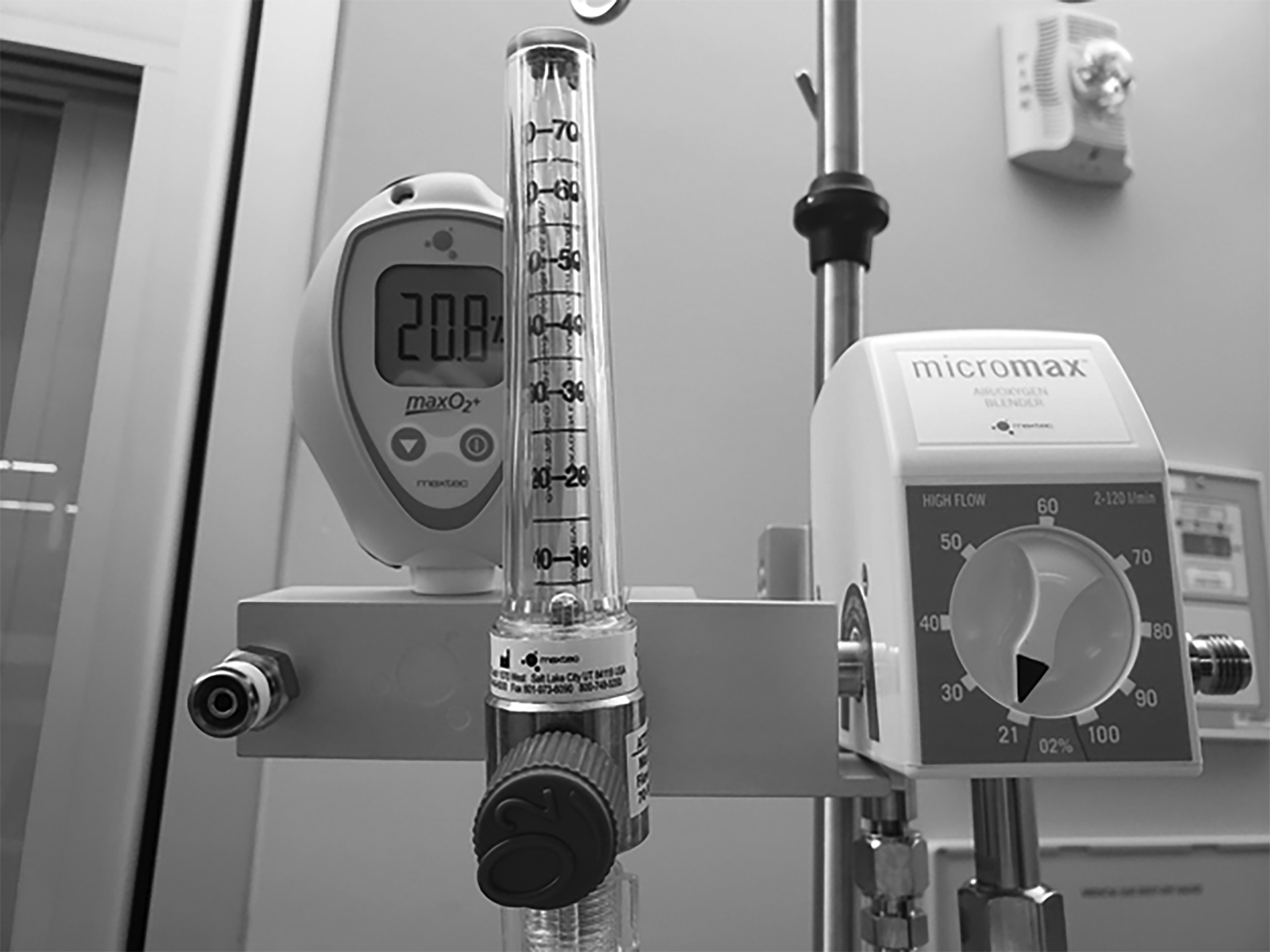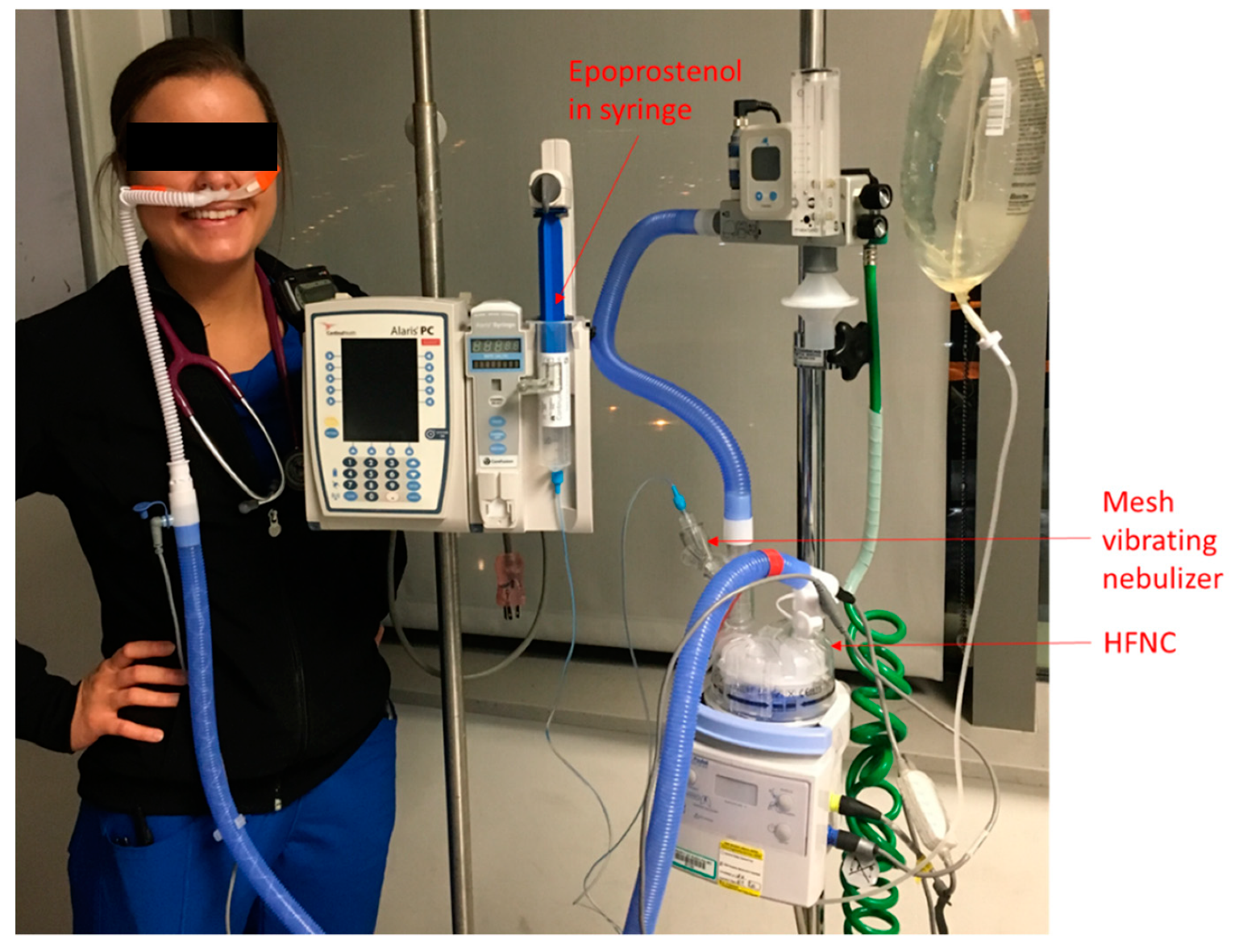heated high flow oxygen vs bipap
The risk difference was 09 95 CI 49 to 66. The level of heat 3537C and oxygen flow 1040 Lmin were titrated to comfort.

Emnote Org High Flow Nasal Cannula Hfnc The High Flow Nasal Cannula Hfnc Is A Device That Has Been Used By Neonatologists For Some Time But Is Now Making Its Way Into
Recently several clinical trials have analyzed the effectiveness of HFNC therapy in different clinical situations and have reported promising results.

. The five commonly accepted mechanisms of action for HFNC in general are. The Difference Between Flow in high velocity vs HFNC. With BiPAP treatment failure occurred in 91 of 416 patients 219.
Comparison of High-flow Oxygen vs. Oxygen therapy on the other hand is used to treat COPD and other chronic respiratory diseases. 95 CI 180-262 compared with 87 of 414 210.
The Difference Between Flow in high velocity vs HFNC. Fraction of inspired oxygen FiO2 50 n 414 or BiPAP delivered with a full-face mask for at least 4 hours per day pressure support level 8 cm H2O. Washout of upper airway dead space.
High flow oxygen therapy is usually delivered using a blender connected to a wall outlet a humidifier heated tubing and nasal cannula. Tiruvoipati R Lewis D Haji K Botha J. Does high flow give PEEP.
They deliver oxygen at flow rates below the patients respiratory. High-flow Nasal cannula consists of a specific machine and tubing used to deliver a very high flow of oxygen that is heated and humidified. 95 CI 172-253 with high-flow nasal oxygen.
Heated High Flow Oxygen Vs Bipap- 3 it is designed to fit into the nares comfortably without occluding the flow of gases. CPAP BiPAP and APAP are used to treat obstructive sleep apnea one of the leading sleep disorders in the country. HFNC can be delivered from 8-60Lmin 30-60 Lmin in adults and an FIO2 of 100.
Suitability of High Flow Oxygen Devices for Acute Care. CPAP BiPAP and APAP are used to treat obstructive sleep apnea one of the leading sleep disorders in the country. Here we review the current knowledge about HFNC therapy.
High flow nasal cannula HFNC supportive therapy has emerged as a safe useful therapy in patients with respiratory failure improving oxygenation and comfort. High-flow humidified oxygen via nasal cannulae. Randomized controlled pilot study in a level III NICU of infants born 28 7 weeks who at 34 7 weeks post menstrual age PMA were dependent on.
However high velocity therapy and commodity high flow oxygen products dont deliver flow the same way. BiPAP can provide a greater amount of mechanical support for breathing. Heated humidified high-flow HHHF therapy often also high flow nasal cannulae HFNC or high flow nasal oxygen HFNO is a type of respiratory support method that delivers a high flow liters per minute of medical gas to a patient through an interface nasal cannulae intended to create a wash-out of the upper airwayThe applied gas is heated to best match human body.
High-flow nasal cannula HFNC therapy is an oxygen supply system capable of delivering up to 100 humidified and heated oxygen at a flow rate of up to 60 liters per minute. BiPAP for 24 hours after extubation. HFNC is more comfortable and studies have shown that using HFNC may be a better alternative than using a face mask.
Traditional oxygen therapy is up to 16 Lmin and high flow oxygen therapy is up to 60 Lmin. Oxygen therapy on the other hand is used to treat COPD and other chronic respiratory diseases. Flow rates are adjustable between 15 and 45 lmin.
FiO2 can be accurately set and monitored. All settings are controlled independently allowing for greater confidence in the delivery of supplemental oxygen as well as better outcomes when used. Other high-flow oxygen systems eg simple Venturi or nonrebreather oxygen masks HFNC is often better tolerated than oxygen masks due to enhanced patient comfort reliable delivery of FiO 2 and the potential reduction in the work of breathing.
High-flow nasal oxygen therapy was not inferior to BiPAP. Choosing between these systems and HFNC should be individualized and depends upon clinician. For example the nrb mask provides oxygen flows up to only 15 lmin so that air entrainment and dilution of f io 2 are greater than with hfnc.
Few studies have demonstrated PEEP generation at the moderate flows eg 8-50 Lmin that are used commonly in pediatric. However high velocity therapy and commodity high flow oxygen products dont deliver flow the same way. High-flow oxygen through nasal cannula in acute hypoxemic respiratory failure.
Stabilisation of the preterm infant in the delivery room using nasal high flow. BiPAP in Type II Hypercapnic Respiratory Failure The safety and scientific validity of this study is the responsibility of the study sponsor and investigators. Patients were randomly assigned to receive high-flow nasal oxygen therapy delivered continuously through a nasal cannula flow 50 Lmin.
High flow oxygen therapy is commonly used on patients with acute respiratory failure in the hospital system. Listing a study does not mean it has been evaluated by. High-flow Nasal cannula consists of a specific machine and tubing used to deliver a very high flow of oxygen that is heated and humidified.
Positive pressure reduces pre-load and after-load on the heart improving heart failure this works similar to an ACE-inhibitor but easier to titrate and no nephrotoxicity. However under certain conditions such as COPD-OSA overlap syndrome your doctor may advise you to use both of these therapies. High Flow systems available today can generate flow rates anywhere between 2-120 litresminute much like ventilators.
High Flow systems are those that can match or exceed the inspiratory flow rate ie 20-30 litresminute. A high-flow nasal cannula HFNC demonstrably generates PEEP in neonatal and adult populations at lower flows eg 2-8 Lmin and higher flows eg 60 Lmin. There are significant differences that impact patient outcomes.
Positive end-expiratory pressure 4. To assess the feasibility of conducting a study comparing nasal continuous positive airway pressure nCPAP or heated humidified high flow nasal cannula HHHFNC on oral feeding in preterm infants. A Randomized Controlled Trial to Compare Heated Humidified High-Flow Nasal Cannulae with Nasal Continuous Positive Airway Pressure Postextubation in Premature Infants Conducted with Vapotherm high velocity therapy Collins and colleagues published this prospective randomized controlled trial in May 2013 in The Journal of Pediatrics.
Why is high flow oxygen used. BiPAP has some important advantages compared to HFNC.

The Use Of High Flow Nasal Cannula In The Pediatric Emergency Department Jornal De Pediatria

High Flow Heated Respiratory Humidifier Medspecs Solutions Inc

Heated High Flow Nasal Cannula Oxygen Therapy And Noninvasive

Examples Of Adult High Flow Nasal Cannulas A Salter Labs 1600hf Download Scientific Diagram

Heated High Flow Nasal Cannula Oxygen Therapy And Noninvasive
Reducing The Risk Of Cross Contamination Flexicare

High Flow Nasal Oxygen On Sale 40 Off Www Otsv De

High Flow Nasal Cannula Oxygenation Utilization In Respiratory Failure European Journal Of Internal Medicine

High Flow Nasal Cannula Oxygen Therapygreat Respiratory Heated Humidifier Group Medical Co Ltd Provides Both Active And Passive Solutions Of Humidification Products
Nasal High Flow Oxygen Therapy Wilamed

Equipment Used For The Nasal High Flow Oxygen Therapy System We Used A Download Scientific Diagram
High Flow Nasal Cannula Hnfc Cannula Compatible To Major Manufacturers At Best Price

High Flow Nasal Cannula Hfnc Oxygen Therapy Machine Dongguan Aituo Medical Equipment Co Ltddongguan Aituo Medical Equipment Co Ltd

High Flow Nasal Cannula Oxygenation Hfnco Device An Air Oxygen Download Scientific Diagram

Rt Clinic Heated High Flow Cannula Youtube
Hfnc Factory Sale 55 Off Www Otsv De

Difference Between High Flow Oxygen Therapy And Ventilator

Nasale High Flow Therapie Medin Medical Innovations

Nasal High Flow Therapy Versus Niv In Copd Patients With Chronic Respiratory Failure Youtube